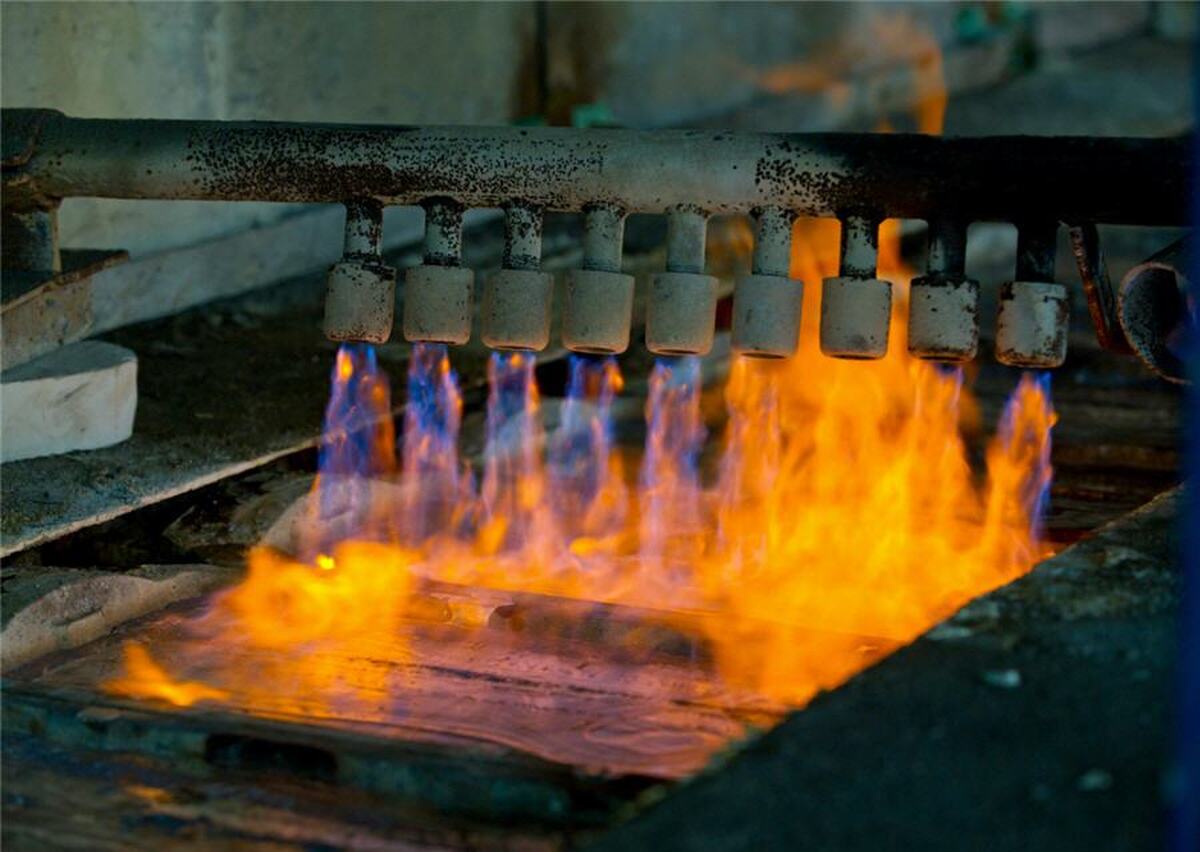
Chuquicamata strike to dent Chile’s copper output

The mine, Codelco’s second largest by size, had been operating at over 60% capacity during the 14-day strike, according to the state-owned company.
BMO Capital Markets analyst Colin Hamilton estimates lost production at 7,000 tonnes, which applying a separate evaluation by Chilean mining consultant PLUSmining, adds up to $35 million.
Tanner Investments’ Felipe Valenzuela forecast a 2.8% decline in Chile’s copper output for June as a consequence of the labour action.
Analysts estimate Codelco’s lost production at 7,000 tonnes or roughly $35 million.
Mining, he says, makes up 11% of Chile’s Gross Domestic Product (GDP), while Chuquicamata’s production — 321,000 tonnes of copper last year — represents only 5.5% of the country’s total output.
Codelco, which last month reported an 18% year-on-year drop in its first-quarter copper output, is in the midst of a $5.6 billion project to turn century-old Chuquicamata into an underground mine.
The last blast at the bottom of the open pit was carried out in November, though copper extraction goes on. The company has said it plans to gradually decrease activities
Chuquicamata’s switch is part of Codelco’s 10-year, $39 billion-overhaul of its core assets, and is expected to extend the iconic mine’s life by at least 40 years. It will also allow the copper giant to keep up production rates, despite falling ore grades and increasing costs at its operations.
Annual production from “Chuqui” — as locals call it — once it has fully transitioned to underground extraction is projected to be 320,000 tonnes of fine copper and 15,000 tonnes of molybdenum.
Codelco, which hands over all of its profits to the state, holds vast copper deposits, accounting for 10% of the world’s known proven and probable reserves and about 11% of the global annual copper output with 1.8 million metric tonnes of production.
Ugly trend
The world’s main copper producing nations have been showing output declines this year, according to the International Copper Study Group (ICSG).
Global production declined 2.4% in February 2019, when compared to the same month last year, with 1,515kt (19,749ktpa) of contained copper produced globally.
Chile led the pack with output down 7.1 % y/y to 415.9kt (5,412ktpa) while Peru, the second main global producer, saw its output fall by 5.1% y/y to 176.1kt (2,296ktpa).
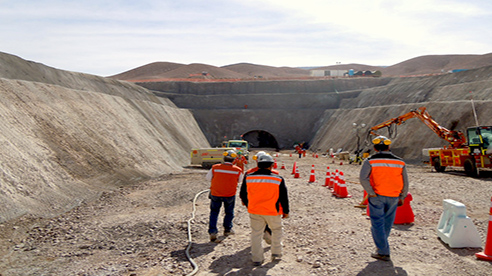


Gold price eases after Trump downplays clash with Fed chair Powell

Copper price hits new record as tariff deadline looms

Brazil producers look to halt pig iron output as US tariff threat crimps demand

Three workers rescued after 60 hours trapped in Canada mine

US targets mine waste to boost local critical minerals supply
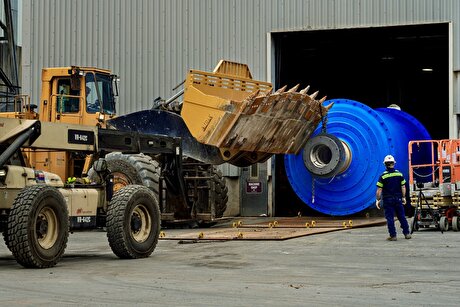
Titan Mining targets Q4 2025 to become only integrated US graphite producer

Energy Fuels surges to 3-year high as it begins heavy rare earth production

Glencore workers brace for layoffs on looming Mount Isa shutdown
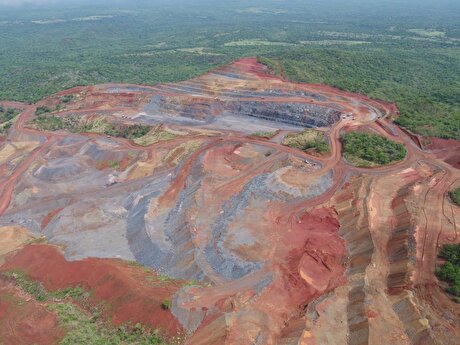
Resolute publishes initial resource for satellite deposit near Senegal mine

Gold price could hit $4,000 by year-end, says Fidelity

Southern Copper expects turmoil from US-China trade war to hit copper

Ramaco Resources secures five year permit for Brook rare earth mine in Wyoming

Column: EU’s pledge for $250 billion of US energy imports is delusional

Finland reclaims mining crown as Canada loses ground

Gold price down 1% on strong US economic data
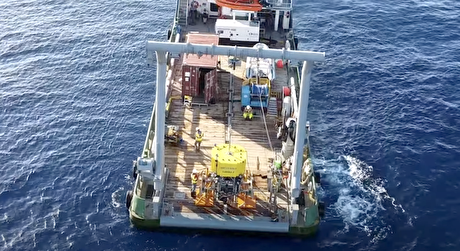
Trump’s deep-sea mining push defies treaties, stirs alarm

Chile’s 2025 vote puts mining sector’s future on the line

Gold price retreats to near 3-week low on US-EU trade deal

China’s lithium markets gripped by possible supply disruptions

Gold price could hit $4,000 by year-end, says Fidelity

Southern Copper expects turmoil from US-China trade war to hit copper

Ramaco Resources secures five year permit for Brook rare earth mine in Wyoming

Column: EU’s pledge for $250 billion of US energy imports is delusional

Gold price down 1% on strong US economic data

Trump’s deep-sea mining push defies treaties, stirs alarm

Chile’s 2025 vote puts mining sector’s future on the line

Gold price retreats to near 3-week low on US-EU trade deal

China’s lithium markets gripped by possible supply disruptions

